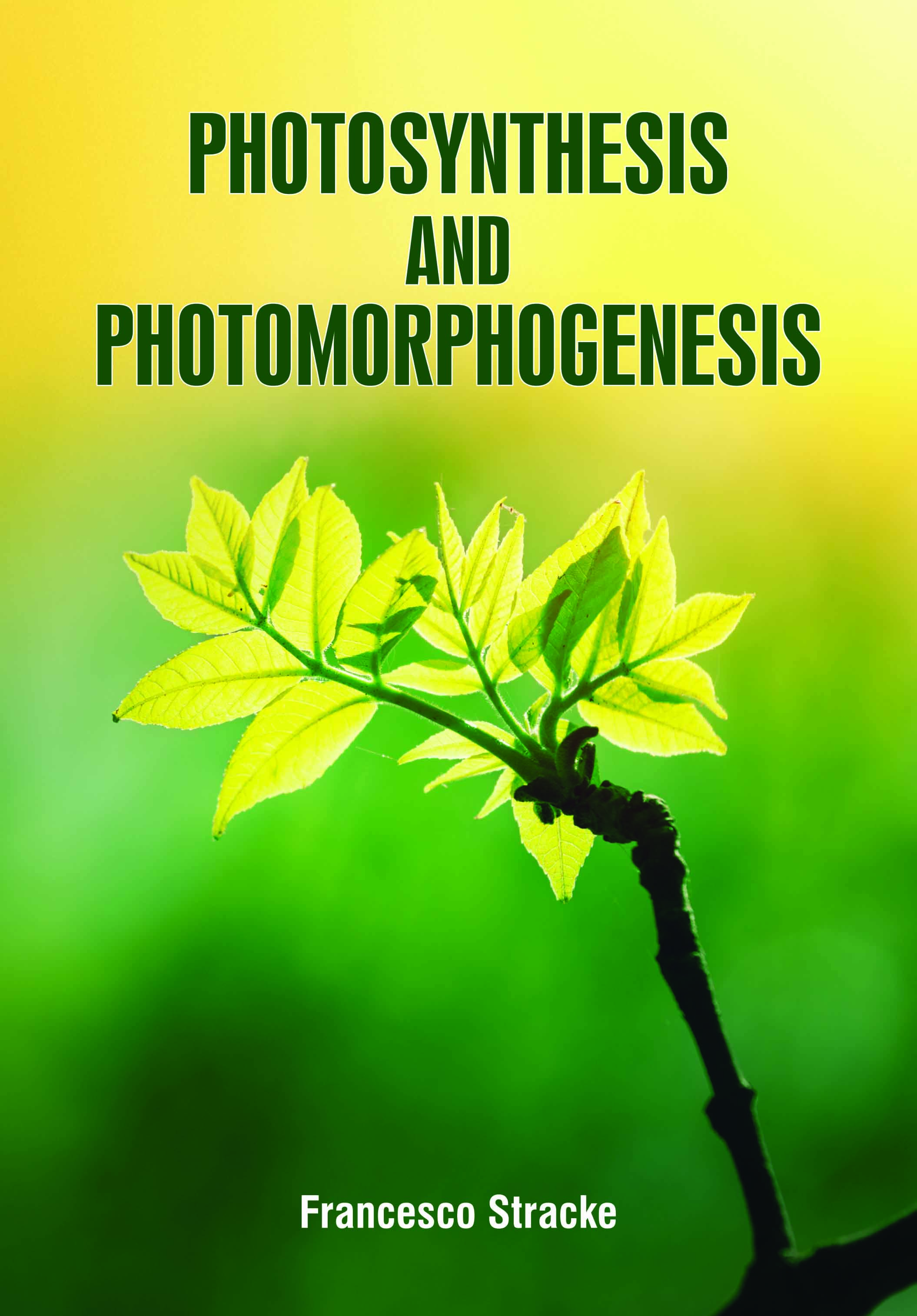
Photosynthesis and Photo Morphogenesis
by Francesco Stracke
| ISBN | 9781799600275 |
|---|---|
| Publisher | White Press Academics |
| Copyright Year | 2020 |
| Price | $205.00 |

by Francesco Stracke
| ISBN | 9781799600275 |
|---|---|
| Publisher | White Press Academics |
| Copyright Year | 2020 |
| Price | $205.00 |
The photosynthetic process depends on a set of complex protein molecules that are located in and around a highly organized membrane. Through a series of energy transducing reactions, the photosynthetic machinery transforms light energy into a stable form that can last for hundreds of millions of years. The process of photosynthesis takes place in the chloroplasts, specifically using chlorophyll, the green pigment involved in photosynthesis. Photosynthesis takes place primarily in plant leaves, and little to none occurs in stems, etc., Photomorphogenesis is often defined as light-regulated plant development, but there are also changes in morphology and/or cell structure and function, which occur as transient acclimatizations to a changing environment, which are also light regulated. Particularly if this more inclusive definition is used, photomorphogenesis is a process common to organisms well beyond the plant kingdom. While there may be only a few examples of photomorphogenesis in the animal kingdom, it is a common feature of development in fungi, protists, and bacteria, as well as plants. While this module will focus on what is known from studies of plant photomorphogenesis, there will be selected examples from other kingdoms. The book is designed primarily to be used as a resource book for new researchers in plant photobiology.